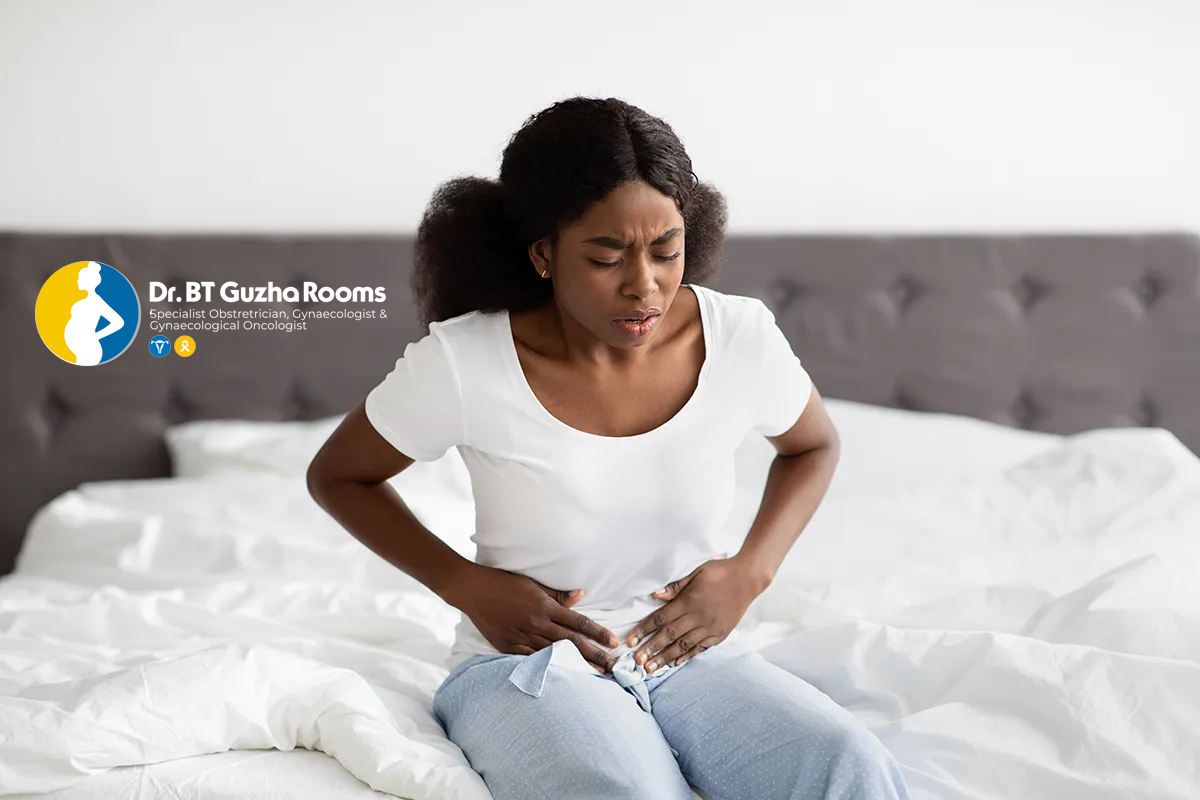Endometriosis is a medical condition that affects millions of women worldwide. Despite its prevalence, it often remains misunderstood and misdiagnosed. In this blog, we will delve into the intricacies of endometriosis, shedding light on its causes, symptoms, diagnosis, and possible treatment options. By raising awareness about this condition, we aim to empower women to seek proper medical attention and support.
Understanding Endometriosis:
The uterus contains a lining called the endometrium that thickens and sheds each month during menstruation. In endometriosis, the tissue similar to the endometrium grows outside the uterus, attaching itself to other organs in the pelvic area, such as the ovaries, fallopian tubes, and bowel. This misplaced tissue can cause severe pain, inflammation, and potential fertility problems.
Common Symptoms:
Endometriosis manifests differently in every woman, but there are some common symptoms to look out for, including:
1. Pelvic pain: One of the most prominent symptoms is chronic pelvic pain, which intensifies before and during menstruation.
2. Painful periods: Women with endometriosis may experience abnormally painful periods accompanied by heavy bleeding.
3. Pain during and after intercourse: Deep pain during or after sex, known as dyspareunia, might be a sign of endometriosis.
4. Gastrointestinal issues: Some women may have digestive problems and experience bloating, constipation, or diarrhea, especially during menstruation.
5. Infertility: Endometriosis can also contribute to difficulty in getting pregnant or experiencing recurrent miscarriages.
Diagnosis and Treatment:
While there is no known cure for endometriosis, timely diagnosis and expert management can significantly improve a woman’s quality of life. Three main approaches used for diagnosis are:
1. Medical history and physical examination: The initial step typically involves discussing symptoms with a healthcare provider and undergoing a pelvic examination.
2. Imaging tests: Ultrasound or MRI scans might be recommended to visualize the pelvic region and identify any visible signs of endometrial tissue growth.
3. Laparoscopy: In some some cases, a surgical procedure called laparoscopy may be performed to directly visualize and confirm the presence of endometriosis.
Treatment options depend on various factors, such as the severity of symptoms, the desire for fertility, and overall health. Common treatment approaches include:
1. Pain management: Over-the-counter pain relievers or hormonal medications can help alleviate pain symptoms temporarily.
2. Hormonal therapy: Using birth control pills, hormonal patches, or intrauterine devices (IUDs) with progestin can help regulate menstrual cycles and reduce pain.
3. Surgery: In more severe cases, laparoscopic surgery may be performed to remove endometrial tissue growths and scar tissue.
4. Assisted reproductive technologies (ART): For women trying to conceive, options like in vitro fertilization (IVF) or intrauterine insemination (IUI) can enhance the chances of pregnancy.
Raising Awareness and Support:
Endometriosis is often a silent struggle, and many women endure years of pain before obtaining a correct diagnosis. To help combat this, it is crucial to spread awareness and educate both the affected individuals and the wider community. You can make a difference by:
1. Sharing information: Share blogs, articles, and resources that accurately depict endometriosis on social media platforms to increase public knowledge.
2. Engaging in open conversations: Encourage open discussions about menstruation, reproductive health, and endometriosis, eradicating any stigma associated with these topics.
3. Supporting advocacy groups: Contribute to organizations that focus on endometriosis research, support, and awareness.
4. Seeking professional help: If you suspect you may have endometriosis, consult a healthcare professional experienced in treating the condition. Do not hesitate to get a second opinion if needed.
Conclusion:
Endometriosis is a complex condition that affects millions of women worldwide. By increasing awareness, promoting early detection, and providing appropriate medical support, we can empower those affected by endometriosis and help them live a better quality of life. Let us work together to advocate for change, spread knowledge, and support those affected by this challenging condition.

